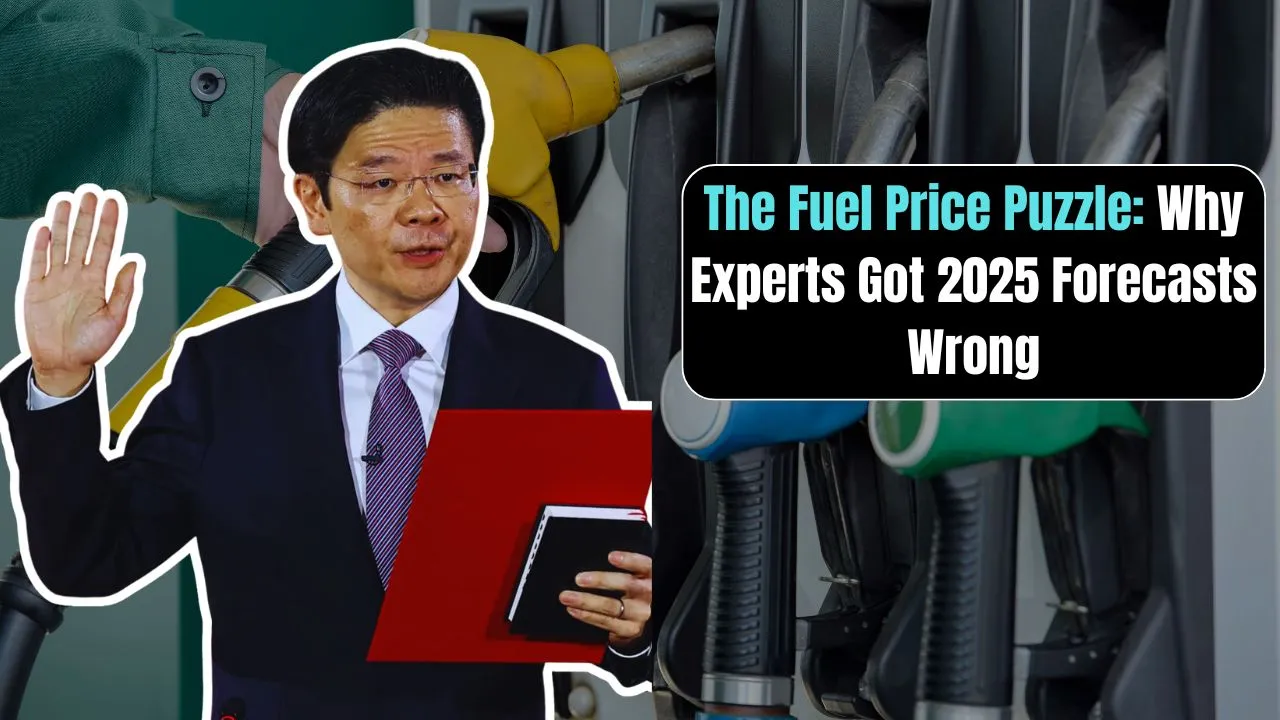The fuel market in 2025 has surprised many analysts and consumers alike. While widespread concerns about significant price hikes dominated early discussions, actual data from the Energy Information Administration shows retail gasoline prices averaging $3.06-$3.16 per gallon in early 2025, representing a decrease of about 11 cents per gallon compared to 2024. This trend contradicts many predictions of substantial increases.

Diesel fuel tells a similar story, with average prices falling to $3.50 per gallon in May 2025, down 8.5% from the previous year. These decreases stem primarily from declining crude oil prices and improved supply chain conditions following years of post-pandemic recovery.
Regional Price Variations Across America!
Fuel costs vary significantly depending on geographic location. Western states consistently experience higher prices due to stricter environmental regulations and limited refinery capacity. Meanwhile, Gulf Coast states benefit from proximity to refineries and typically enjoy lower costs.
The Rocky Mountain region presents an interesting case study. Unlike other regions that saw price decreases in 2025, Rocky Mountain prices remained relatively flat due to steady population growth increasing gasoline consumption, while constrained regional production and transportation infrastructure limited supply responses.
Key Factors Driving Price Fluctuations!
Crude Oil Market Dynamics!
Global oil inventory builds averaging more than 2 million barrels per day in the fourth quarter of 2025 have contributed to lower prices. OPEC+ production decisions continue influencing global supply, with recent decisions to accelerate production increases putting downward pressure on prices.
Refinery Capacity Changes!
The industry faces significant infrastructure changes. Expected closures include LyondellBasell’s Houston refinery in the first quarter of 2025 and Phillips 66’s Los Angeles refinery at the end of 2025. These closures reduce domestic refining capacity but are offset by increased imports.
Geopolitical Tensions!
Middle East tensions between Israel and Iran have caused oil prices to surge to multi-month highs, with Brent crude reaching $80 per barrel as US sanctions on Russian oil exports were strengthened. These situations can quickly reverse downward price trends.
Fuel Price Comparison Table: 2024 vs 2025!
| Fuel Type | 2024 Average | 2025 Current | Change | Trend |
|---|---|---|---|---|
| Regular Gasoline | $3.26/gal | $3.15/gal | -$0.11 | ↓ Decreasing |
| Diesel | $3.83/gal | $3.50/gal | -$0.33 | ↓ Decreasing |
| Heating Oil | $3.85/gal | $3.50/gal | -$0.35 | ↓ Decreasing |
| Natural Gas | $3.20/MMBtu | $3.90/MMBtu | +$0.70 | ↑ Increasing |
Looking Ahead: What to Expect!
Industry experts predict continued volatility throughout 2025. The EIA forecasts gasoline prices could average less than $2.90 per gallon in 2026, representing an additional 20 cents per gallon decrease. However, several factors could disrupt these projections.
Potential Price Drivers!
Electric vehicle adoption continues accelerating, reducing long-term gasoline demand. Increasing fleet efficiency reflects both a growing share of electric vehicles and improving fuel economy in conventional internal combustion engines. This trend supports lower prices through reduced demand.
Conversely, unexpected geopolitical events, natural disasters affecting refineries, or significant changes in global economic conditions could quickly reverse current trends. Analysts warn that gas prices could rise 10-20 cents while diesel could climb 15-25 cents if Middle East tensions escalate further.
Smart Strategies for Consumers!
Drivers should remain flexible and informed about market conditions. Consider fuel-efficient vehicles, monitor regional price trends, and understand that while current trends favor consumers, market volatility remains a constant factor in fuel pricing.
The energy transition toward renewable sources continues reshaping traditional fuel markets, creating both opportunities and uncertainties for consumers navigating this evolving landscape.
